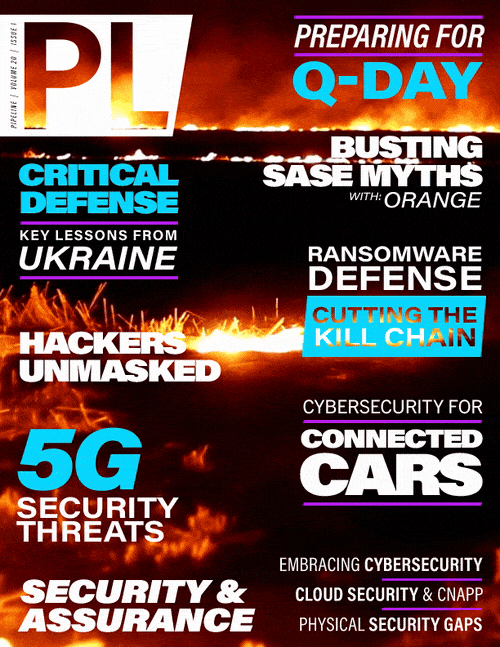How Ukraine’s Telecom Infrastructure
Became Critical for its Defense
The move was unprecedented. No country in the world has ever disabled an existing roaming relationship to not one but two of its neighbors and (in Ukraine’s case) some of its largest markets. The fact that it occurred so soon after the invasion with all 3 Ukrainian mobile operators acting in coordination indicates the action was planned beforehand as part of a set of options that the Ukrainian government could ask the Ukrainian mobile community to implement.
Blocking inbound roaming also gave Ukrainian mobile operators the ability to reduce the attack surface over the signaling interconnect channel – an area that Russia exploited in Ukraine in 2014. This was only one of a set of actions that the Ukrainian mobile community took to remain functional and support the defense effort. Other actions included allocating additional frequency bands to the mobile operators for greater connectivity, stopping the disconnection of Ukrainian accounts in case of no credit, and blocking some outbound phone calls from Ukraine to Russia/Belarus, while intercepting and recording others.
There is one other action the Ukrainian telecom community took after the war began, one which has had a massive impact on the course of the war, and which has never been done to the same extent anywhere in the world. On the 7th of March 2022, the 3 main Ukrainian mobile operators implemented emergency roaming between each other in parts of the south and east before extending it to other regions. This allowed a mobile phone from one network to use a different Ukrainian network if required. This move massively increased the resilience and usability of the mobile networks throughout Ukraine, especially in the conflict zones, and was used to ensure communications to places like Mariupol and the Zaporizhzhia nuclear power plant while they were under attack.
Again, while the use of emergency roaming had been discussed in other countries and had been implemented at a small scale in places like the Netherlands and the US, no country had ever implemented it to the scale and with the success as Ukraine. Technology was less an issue with implementing emergency roaming for the mobile operators than logistics, especially when it comes to payment and planning. Billing of different mobile operators within a country does not normally happen, and there were no estimates on the network load that each operator might have to deal with if people could change the operator they could use.
We are continuing to learn lessons as the war goes on. One of the more recent learnings is the importance of energy to keep things running. In winter 2022 large-scale Russian drone and missile attacks on Ukraine’s energy infrastructure had a knock-out effect on mobile networks. During the worst period, from roughly November to December 2022, about 40% of the Ukrainian power grid was affected, making the mobile networks vulnerable. This caused the Ukrainian mobile operators to consider both introducing generators for additional power as well as a crowd-sharing appeal to connect to other generators which eventually led to energy being supplied to 600+ base stations.
Over time, with increased air defenses, a reduction in drone attacks, and improved energy security, the Ukrainian mobile networks were able to handle the outages relatively successfully. However,
it is anticipated that energy networks may well be targeted again over winter 2023, and this will put the improvements in energy supplies to Ukrainian mobile networks to the test. Another
learning has been the use of satellite networks. While the use of Starlink by frontline military units has been well published, satellite communications for backhaul use from cell towers have
also been used via Starlink. There has been testing of satellite to mobile communications as well.
The resilient operation of Ukraine’s telecom networks has had a profound effect on the course of the war, and new cases and uses of mobile networks will continue to emerge. The many hard-won lessons learned from the experiences and actions of the Ukrainian telecom community should be studied and understood by anyone involved in preparing for national emergencies or security events. One actor who has rapidly learned the value of mobile networks in warfare is Russia itself.
Since the 2022 invasion, Russia has reacted to the importance of mobile networks by expanding and deploying four new unlicensed mobile operators in occupied parts of southern and eastern Ukraine. They have also copied Ukrainian innovations by introducing emergency roaming between these unlicensed operators. The fact that Russia has rapidly deployed not one but multiple mobile networks in the middle of a warzone, and often in advance of restoring or developing other civilian-used infrastructures in occupied Ukraine, indicates Russia considers mobile communications a strategic priority.
There is little doubt that mobile communications networks will play an even more critical role in future armed conflicts. Recognizing the critical importance of a functioning and resilient telecom system at a time of national crisis and fully preparing for contingencies may literally mean the difference between life and death for many.



















